Student Projects
Hands-on learning isn’t just a goal in our department — it’s at the core of everything we do.
In the Engineering department you can:
- Help design and build a racecar, off-road vehicle, or an electric car
- Build an automated greenhouse and educational space for York City's Goode Elementary school
- Design novel workplace technologies for Shadowfax employees with physical and mental disabilities
In your first semester, you’ll be getting your hands dirty in Engineering Practice and Design Studio (EPADS), where Computer Aided Design, the machine shop, and electronics instruction is introduced and you’ll already get to work on building projects.
/prod01/ycp-cdnpxl-media/media/york-website/academics-school-kinsley-engineering-math-sciences/engineering-and-computer-science/Engineering-Student.jpg)

/prod01/ycp-cdnpxl-media/media/york-website/academics-school-kinsley-engineering-math-sciences/engineering-and-computer-science/student-projects/Student-Projcets.jpg)
/prod01/ycp-cdnpxl-media/media/york-website/academics-school-kinsley-engineering-math-sciences/engineering-and-computer-science/student-projects/epads/EPADS-FA15-ME-Mod-I.jpg)
/prod01/ycp-cdnpxl-media/media/york-website/academics-school-kinsley-engineering-math-sciences/engineering-and-computer-science/student-projects/epads/EPADSMechanical.jpg)
/prod01/ycp-cdnpxl-media/media/york-website/academics-school-kinsley-engineering-math-sciences/engineering-and-computer-science/student-projects/epads/IMG_5014.JPG)
/prod01/ycp-cdnpxl-media/media/york-website/academics-school-kinsley-engineering-math-sciences/engineering-and-computer-science/student-projects/Engineer-PastaBridge2016-YCP1.jpg)
/prod01/ycp-cdnpxl-media/media/york-website/academics-school-kinsley-engineering-math-sciences/engineering-and-computer-science/student-projects/machine-design/MachineDesign.jpg)
/prod01/ycp-cdnpxl-media/media/york-website/academics-school-kinsley-engineering-math-sciences/engineering-and-computer-science/ycp-racing/YCPRacing.jpg)
/prod01/ycp-cdnpxl-media/media/york-website/academics-school-kinsley-engineering-math-sciences/engineering-and-computer-science/student-projects/6W7A0233-shadow-fax.jpg)
/prod01/ycp-cdnpxl-media/media/york-website/academics-school-kinsley-engineering-math-sciences/engineering-and-computer-science/student-projects/Greenhouse-Structure.jpg)
/prod01/ycp-cdnpxl-media/media/york-website/academics-school-kinsley-engineering-math-sciences/engineering-and-computer-science/student-projects/6W7A0157-greenhouse.jpg)
/prod01/ycp-cdnpxl-media/media/york-website/academics-school-kinsley-engineering-math-sciences/engineering-and-computer-science/student-projects/prototyping.jpg)